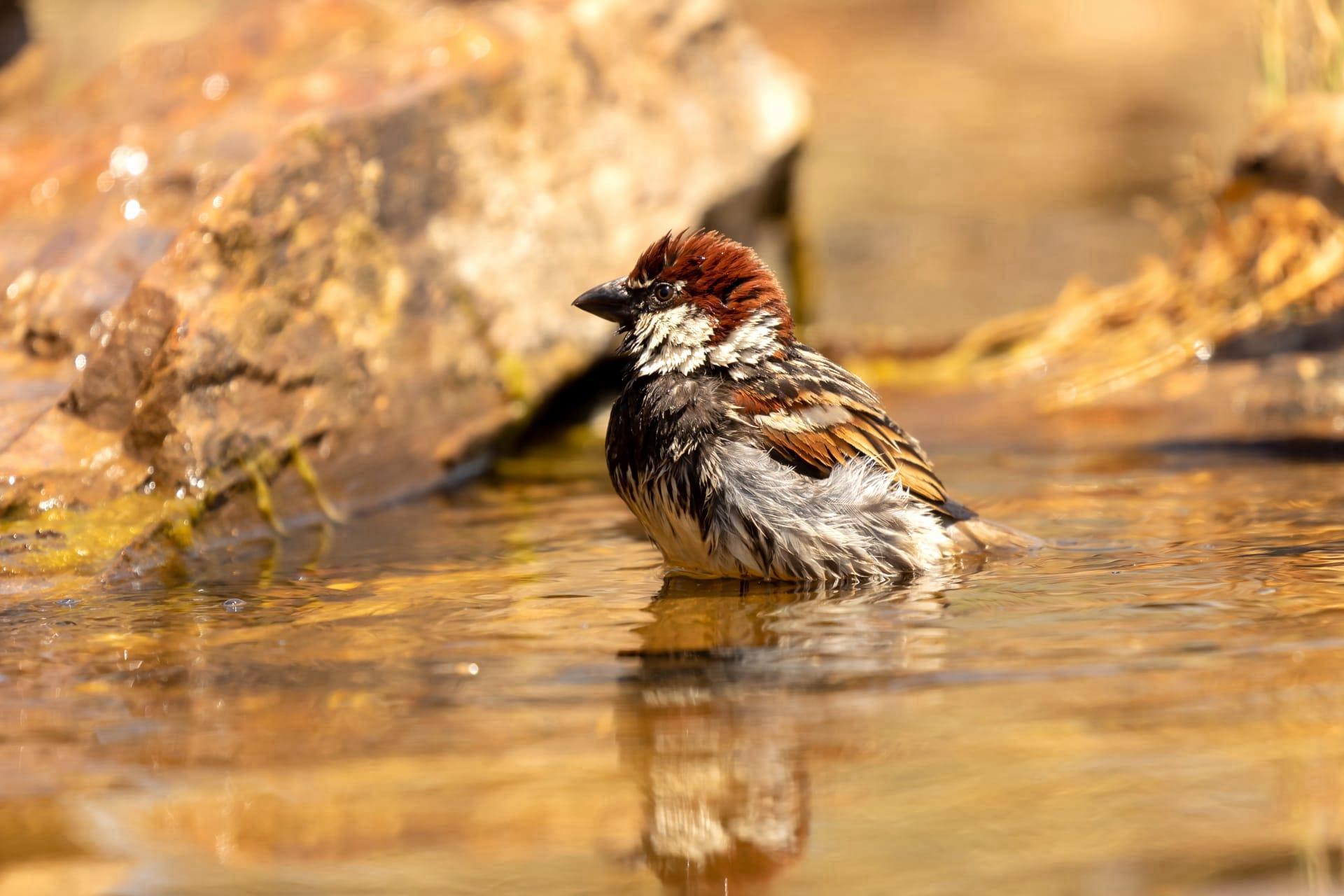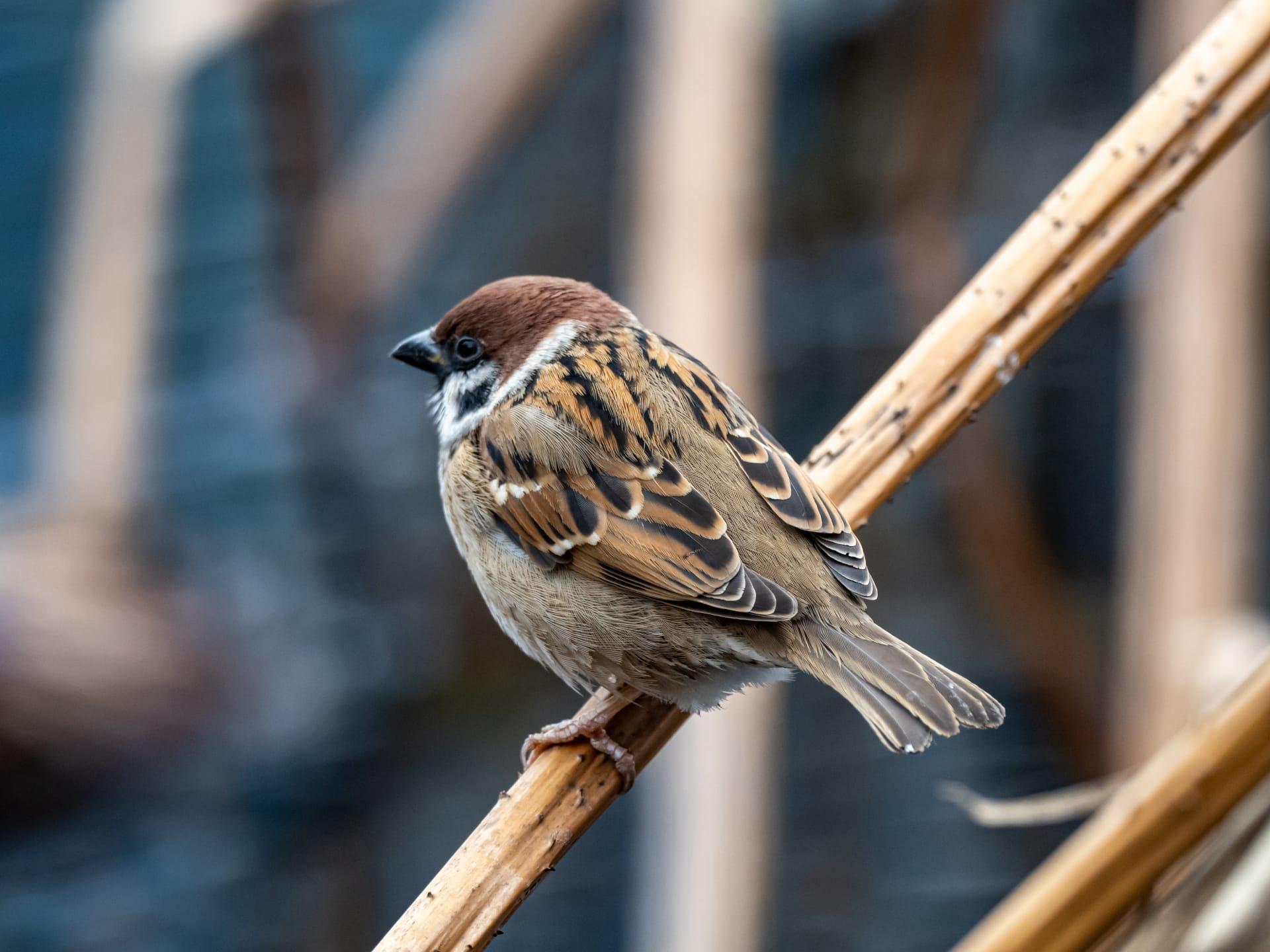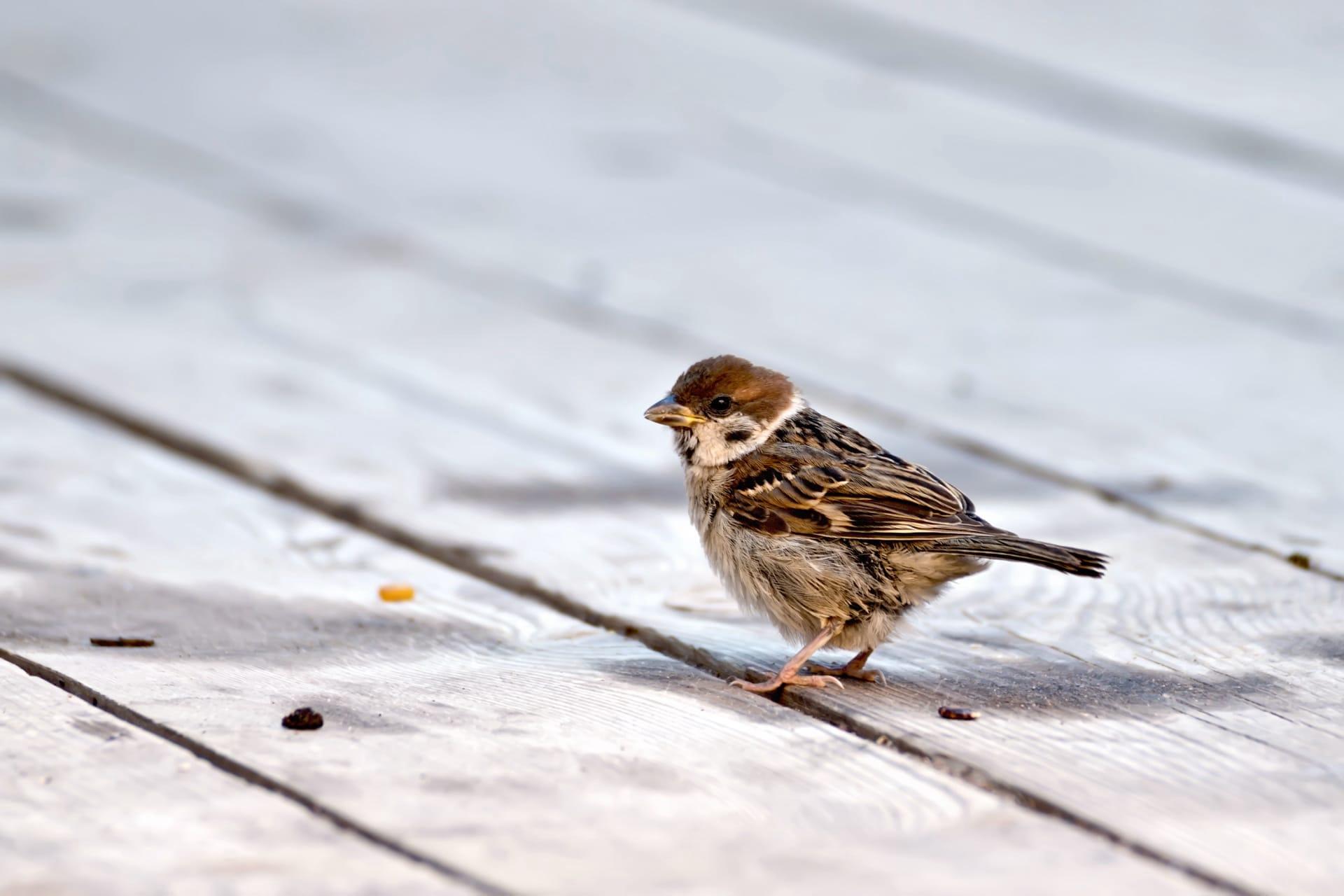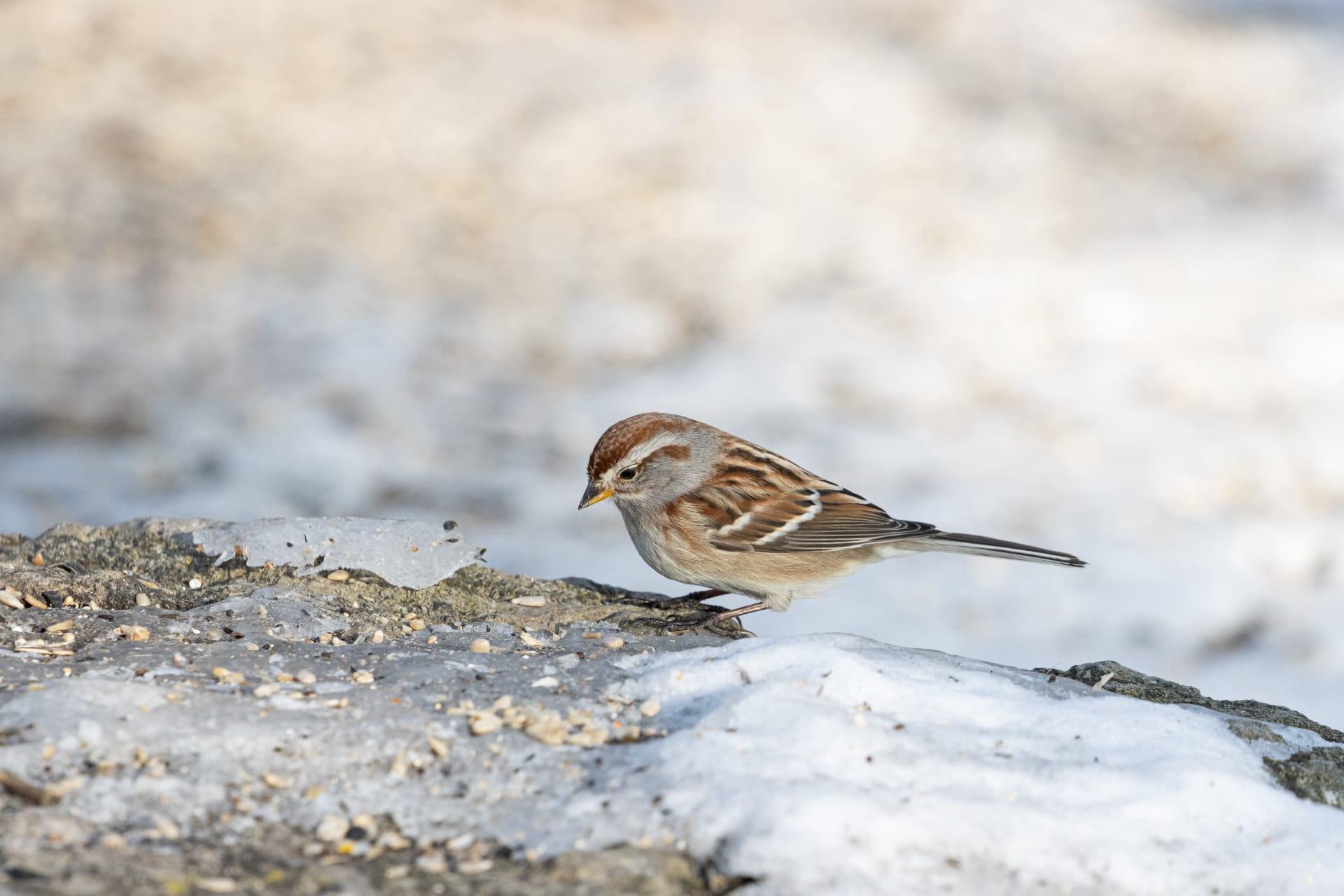Sparrow
- Home /
- Mini Encyclopedia /
- Animal /
- Sparrow
1
Sparrows, small and robust birds, belong to the family Passeridae. This family is diverse, with around 50 species grouped into several genera. The most recognized genus is Passer, including the widespread House Sparrow. These birds are primarily characterized by their stout bodies, rounded wings, and strong beaks adapted for seed-eating, although their diet can be quite varied.
Sparrows are found almost everywhere on Earth, except for polar regions and the driest deserts. They thrive in diverse habitats: urban areas, farmlands, and forests. The House Sparrow, originally native to Europe and Asia, has been introduced to many parts of the world, including North America, South America, and Australia. It's fascinating how they've adapted to various environments, often living close to humans.

2
Question: Do sparrows migrate long distances like many other bird species?
Answer: This is a common misconception. While some sparrow species do migrate, many, like the familiar House Sparrow, are largely sedentary. They tend to stay within a few kilometers of their birthplace throughout their lives. When they do migrate, it's usually a short-distance movement, often related to temperature changes or food availability. Their adaptability to various environments reduces their need for long-distance migration.

3
Sparrows have developed several survival strategies to thrive in diverse environments. Their diet is remarkably adaptable, ranging from seeds and insects to scraps of human food, allowing them to survive in both natural and urban settings. Their nesting habits are equally versatile, with nests constructed in trees, bushes, or even building nooks. They are social birds, often forming flocks, which helps in foraging and provides protection against predators.
Their reproductive strategy is another key to their success. Sparrows breed multiple times per year, laying several eggs in each brood. This high reproductive rate helps maintain their population despite various threats. They are also known for their aggressive defense of their territory and resources, ensuring their survival and reproductive success.

4
In ecosystems, sparrows play significant roles. They are seed dispersers, contributing to the propagation of various plant species. By eating seeds, they help control the spread of certain plants, which can be crucial in maintaining ecological balance. Additionally, their foraging habits make them effective at controlling insect populations, which benefits agriculture and natural plant life.
Sparrows also serve as prey for a variety of predators, including birds of prey, cats, and snakes. This makes them an integral part of the food chain. In urban environments, they help in waste reduction by consuming food scraps. Their presence in different habitats indicates the health of the ecosystem, making them important for ecological studies and conservation efforts.

5
Film: "The Secret Life of Sparrows" is a Canadian documentary released in 2020. It explores the fascinating world of sparrows, focusing on their behavior, survival strategies, and the challenges they face in urban environments. The documentary provides insight into how these small birds have adapted to coexist with humans, revealing their importance in our ecosystems.
Book: "Sparrows: Unseen Heroes of the City" by John K. Smith, published in the United States in 2021, offers a comprehensive look at the life of urban sparrows. Smith, a renowned ornithologist, delves into their adaptability, social structures, and the ways they've integrated into city life, highlighting their often-overlooked contributions to urban biodiversity.
Book: "Wings of the Sparrow" by Emily Clarkson, published in the UK in 2019, is a beautifully written narrative combining scientific research with personal observations. Clarkson's work focuses on the migration patterns and ecological impact of sparrows, providing readers with a deeper understanding of these common yet extraordinary birds.